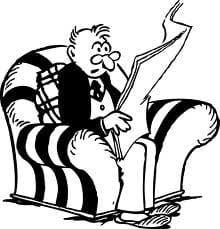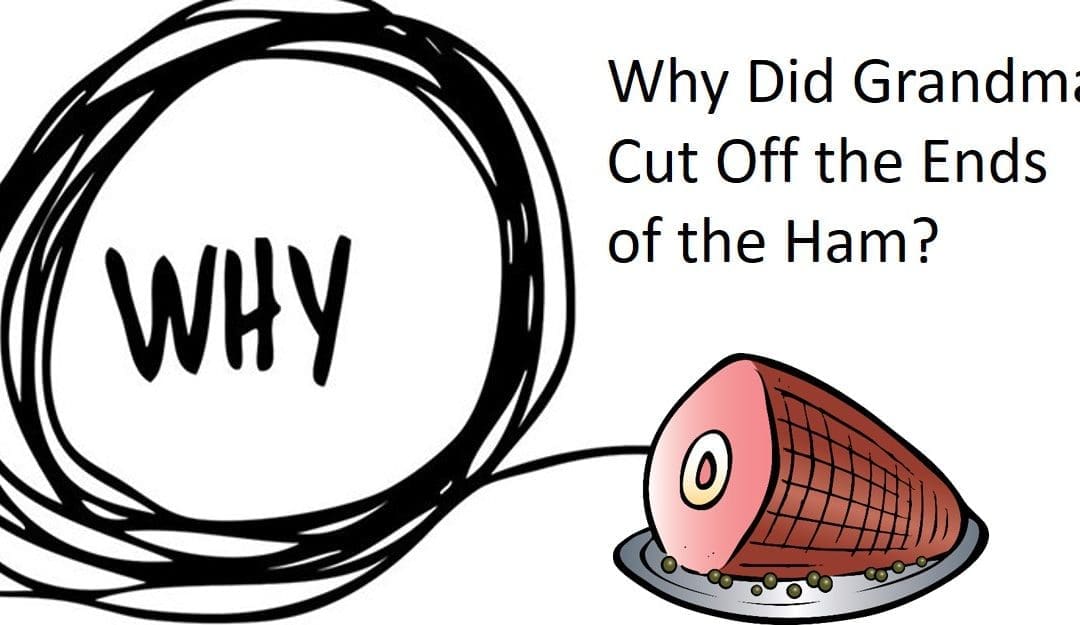Table of contents
“Grandma’s Ham”, A Story of Cultural Training
This is a great story about “cultural training,” which is when one generation (or employee) teaches another a process. Another word for “cultural training” is OJT (meaning On The Job Training), where one person is tasked with passing down knowledge to another person, often in a short time.
A husband and his wife were in their kitchen. The husband was sitting at the kitchen table reading the newspaper while his wife was preparing a ham for dinner. The husband watched the wife cut off about one inch from either end of the ham. He asked why she cut the end off, proclaiming “that’s a waste of good ham!” She said “that’s the way my mom prepared the ham.” The husband asked “why did your mom cut the ends off?” The wife didn’t know.
Later, the wife called her mom to find out why she cut the ends of the ham off. Her mom said “because that was the way my mom prepared ham.”
The wife’s grandma passed away several years earlier, but her Grandpa was still living. She called her Grandpa and asked “Grandpa, why did Grandma cut the ends off of the ham?” He was silent as he thought for a moment. Then he replied, “so the ham could fit in the baking pan.”

Don’t get me wrong, OJT is great as long as the training is from set standards (written work instructions, standard training, etc.) but this is seldom the case. OJT can morph over time to the point that the original process has almost completely disappeared or it is an inefficient process that is passed on and no-one questions it.
Think of the “Grape Vine Game;” where one person whispers in the ear of another person in a line of people. That person then whispers what was whispered to them in the ear of the next person. When it gets to the last person in the line, they then tell everyone what was whispered to them. In most cases, the last person’s interpretation is much different than what the first person in line whispered.
This story was told to me by Ronald Johnson, the Senior Quality Engineer at Silgan Plastics in Seymour, Indiana. Ron is a great teacher with great stories that definitely make you think!
Do you have a good story about Cultural Training that you can share with our readers?
Please tell us in the comments below.




















awesome story, so true!
Great story, the one I use is about the five monkeys in a cage, same principles. You can find it in the businessballs directory.
I will be learning, improve and adapt too.
Great one. I realize that most of the time, we don’t question things we find being done. We do them through reflex
Leah, absolutely. That’s where we find most of our improvements. I can’t tell you how many times we have explored a process with the SMEs and found they were doing something for years because they thought it was necessary (and it was, in the past) but now is an unneeded step. No ever thought to question the step.